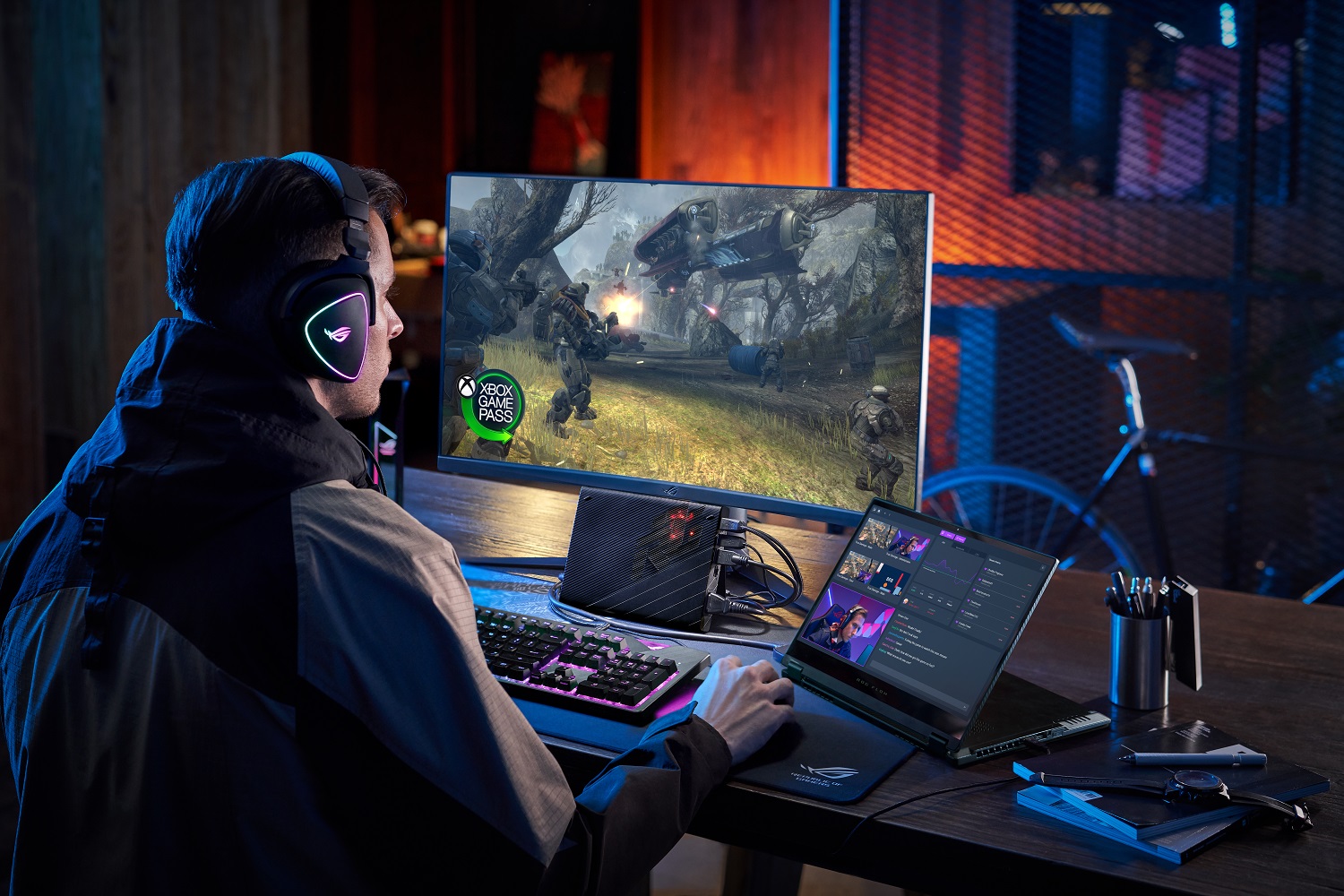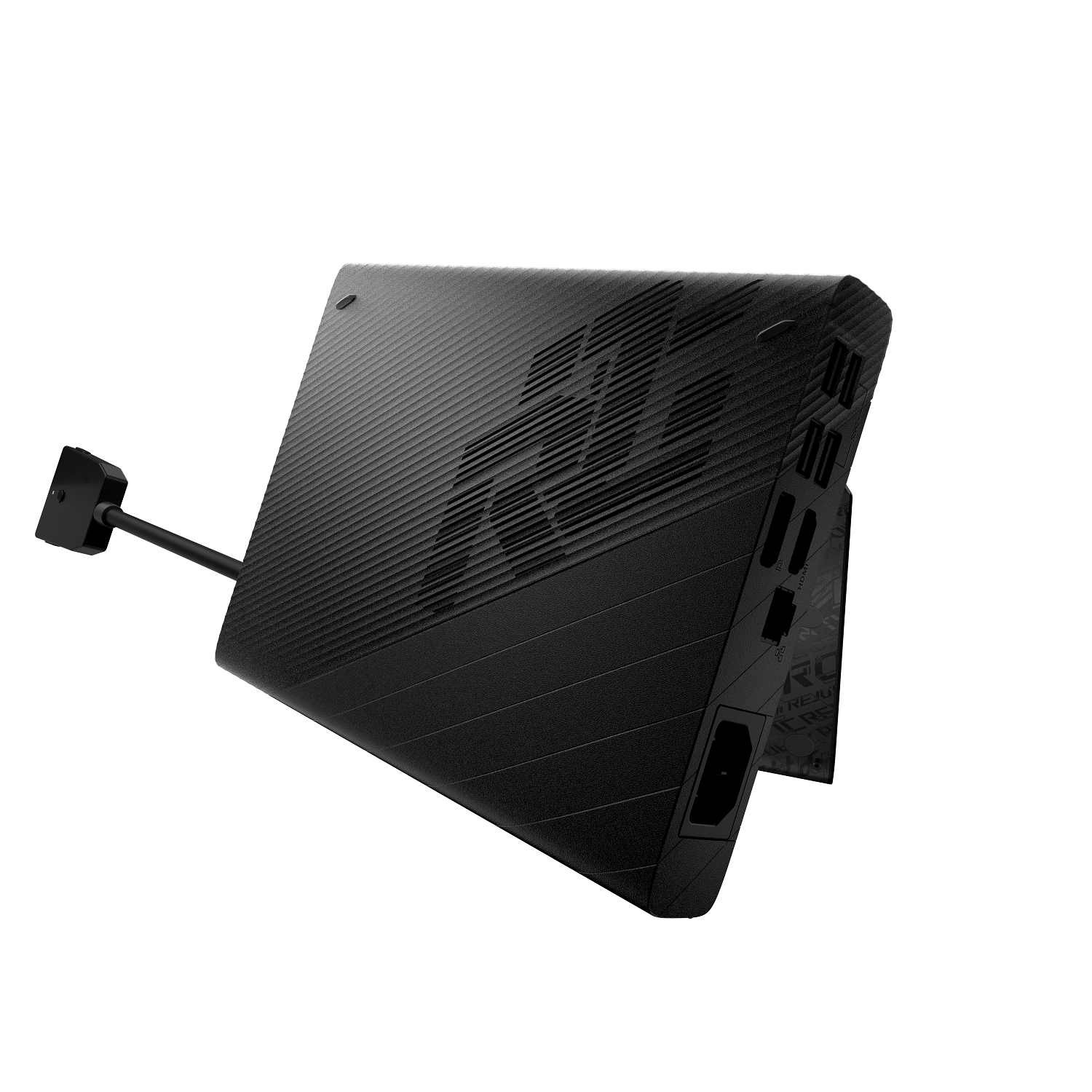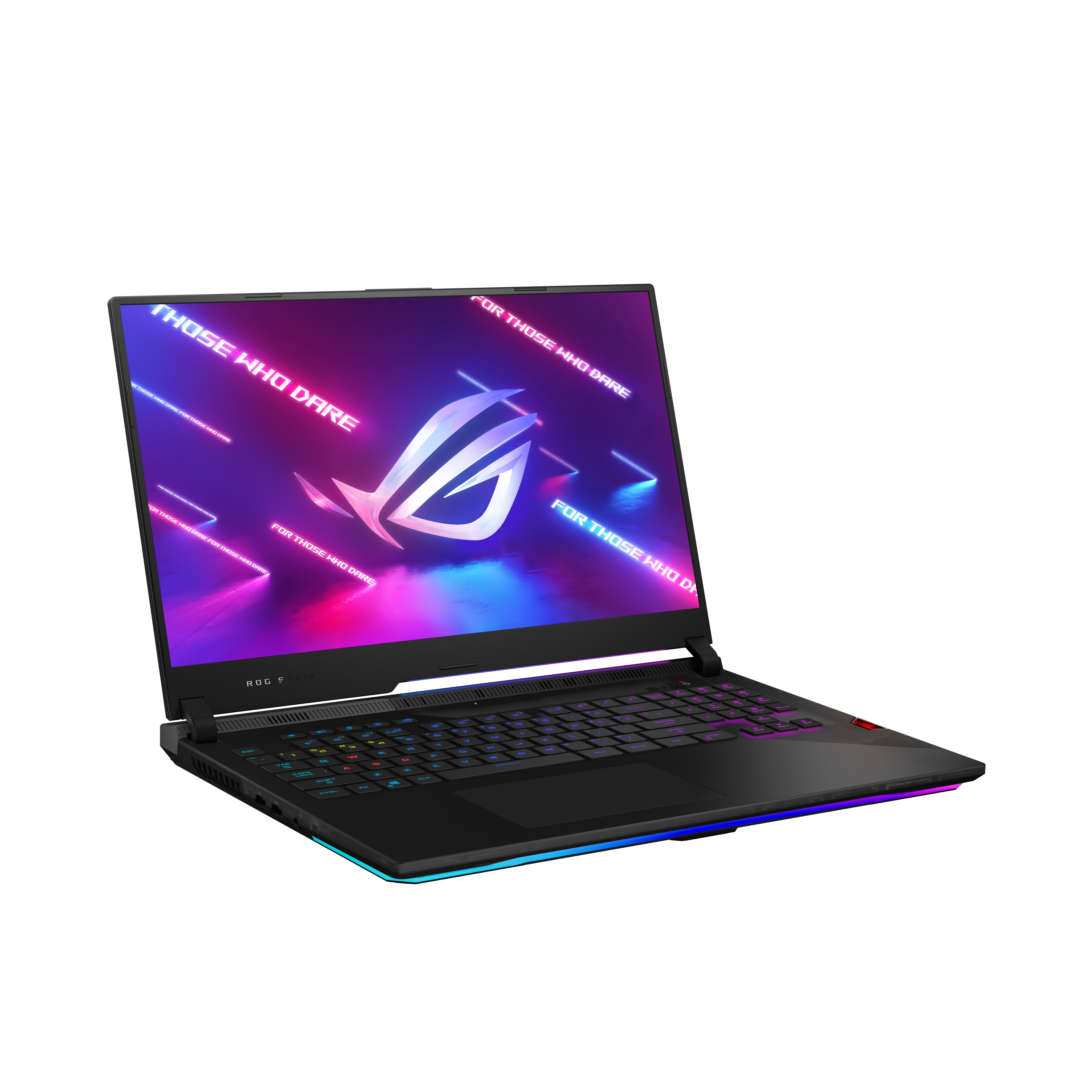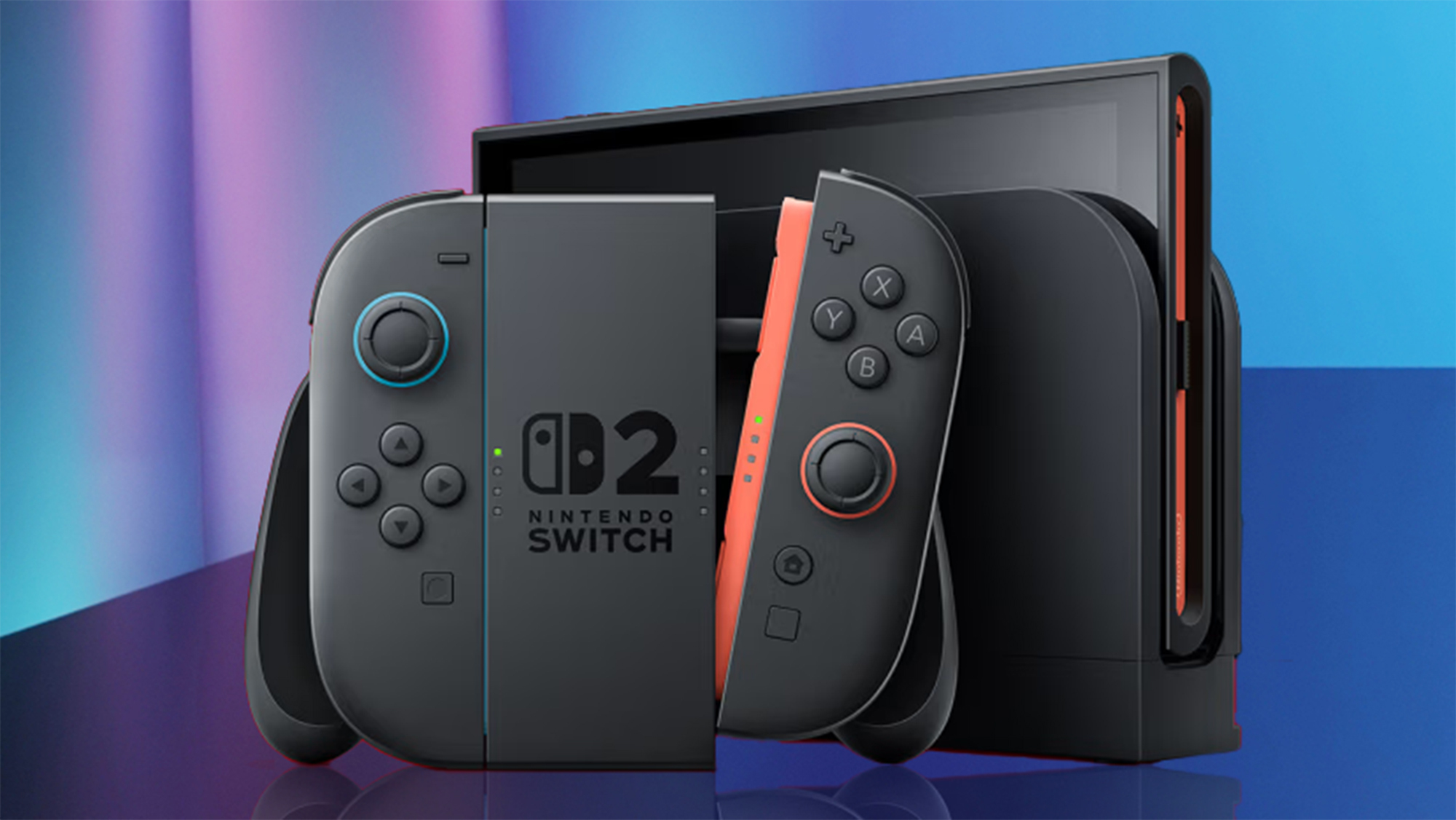Asus unveils Rog Flow X13 — this stunning 2-in-1 gaming laptop weighs just 2.9 pounds
The new Asus Rog Flow X13 plugs into a mobile eGPU for graphics might

At CES 2021, gaming manufacturers are announcing their laptop lineups for the year, and Asus is no exception. The company’s ROG (Republic of Gamers) lineup contains a plethora of new laptops, including a lightweight model that hooks up to a tiny external graphics card, and a robust device that rivals many powerful desktops on the market.
The Asus ROG Flow X13 is a tiny gaming laptop that can leverage a powerful eGPU, while the ROG Strix Scar 17 is a powerful system, outfitted with the latest CPU, GPU and display technology.

Asus ROG Flow X13 and Asus ROG XG Mobile
Asus calls the ROG Flow X13 “the first 2-in-1 convertible ROG laptop,” which means it has essentially three modes. You can use it as a laptop; you can use it as a touchscreen device; or you can use it as a makeshift gaming desktop, in conjunction with the ROG XG Mobile: a surprisingly small eGPU.
By itself, the ROG Flow X13 features “up to an 8-core AMD Ryzen 9 5980HS CPU” (Asus hasn’t specified what lower-end models might contain), along with an Nvidia GeForce GTX 1650 GPU. Users can choose between a full HD screen with a 120 Hz refresh rate, or a 4K screen with an unspecified refresh rate — probably much lower.
More interesting are the laptop’s physical specs: 0.6 inches thick, and 2.9 pounds in weight. Asus estimates 10 hours of battery life, and fast charging via USB-C. There’s also an HDMI port, a USB-A port and a 3.5 mm audio port.
Thanks to a touchscreen and a 360-degree hinge, the X13 is also usable as a tablet — pretty standard 2-in-1 functionality.
The ROG XG Mobile is where things get interesting. Unlike most external GPU housings, which are large and cumbersome, the ROG XG Mobile measures just 8.2 inches across on its longest side and weighs 2.2 pounds. The device nonetheless supports GPUs up to and including the Nvidia GeForce RTX 3080, and provides both cooling and extra ports to the ROG Flow X13: four USB-A ports, an SD card reader, an Ethernet port, a DisplayPort and an HDMI port, to be specific.
Sign up to get the BEST of Tom's Guide direct to your inbox.
Get instant access to breaking news, the hottest reviews, great deals and helpful tips.
The ROG Flow X13 and ROG XG Mobile bundle is available to pre-order right now at the Asus store. Check the official website for pricing and delivery date details.

Asus ROG Strix Scar 17
At the absolute other end of the spectrum is the Asus ROG Strix Scar 17. Asus calls it a “gaming powerhouse,” and having seen the specs, that sounds accurate. This 17-inch laptop includes an Nvidia GeForce RTX 3080 GPU, and up tan AMD Ryzen 9 5900HX CPU.
The device also features 32 GB RAM, up to 2 TB of SSD storage (two 1 TB drives), an optical mechanical keyboard with RGB lighting and a battery with up to 12 hours of life (for video playback, anyway). Gamers can choose between a full HD 360 Hz display (Asus claims this is the “world’s fastest laptop display,” although other companies have announced similar screens at CES 2021), or a quad HD 165 Hz display.
Asus also highlights the ROG Strix Scar’s innovative cooling systems, relatively compact design, USB-C charging capabilities and Dolby Atmos-supported speakers. What we don’t have, unfortunately, is a price. Instead, Asus has simply said that the device will be available in North America sometime in Q1 — between now and the end of March, in other words.
Asus has some other gadgets in the works, including a 32-inch HDMI 2.1 gaming monitor (the Asus ROG Swift PG32UQ), a mechanical gaming keyboard with clackety Blue switches (the Asus ROG Claymore II) and a wireless gaming mouse with both 2.4 GHz and Bluetooth connectivity (the Asus ROG Gladius III Wireless). We’ll get our hands on as many of these devices as we can, and report on the results after we’ve tested and reviewed them.
Marshall Honorof is a senior editor for Tom's Guide, overseeing the site's coverage of gaming hardware and software. He comes from a science writing background, having studied paleomammalogy, biological anthropology, and the history of science and technology. After hours, you can find him practicing taekwondo or doing deep dives on classic sci-fi.

